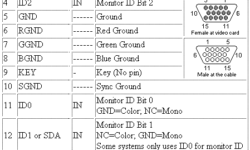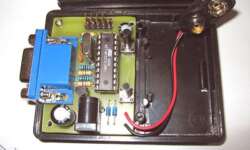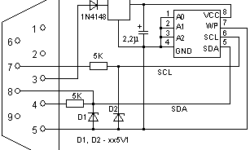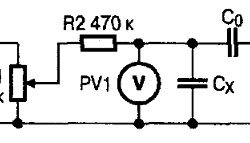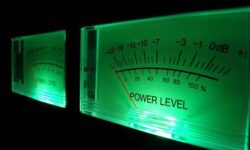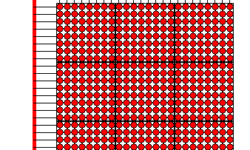Marking of Digital IC chips
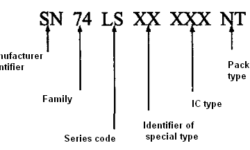
There are currently huge amounts of different digital IC chips available in the market, starting from the simplest logical elements and ending with processors and gate arrays (FPGA). Of course, there also are lots of IC manufacturers offering IC’s. Many of them are specialized and won’t be reviewed here. Let’s limit ourselves to smaller, more general digital chips, basically TTL 74series. This series is produced by many manufacturers like Texas Instruments (TI).Common marking: Manufacturer identifier indicates the manufacturer name;






